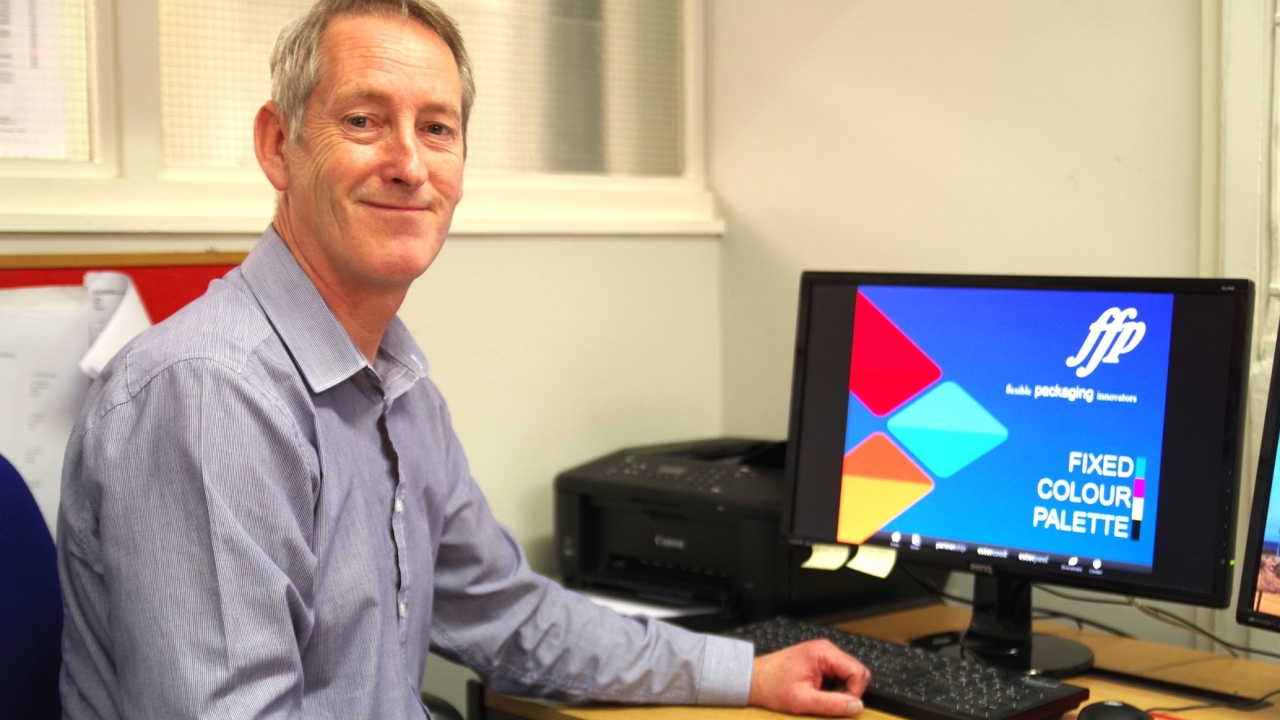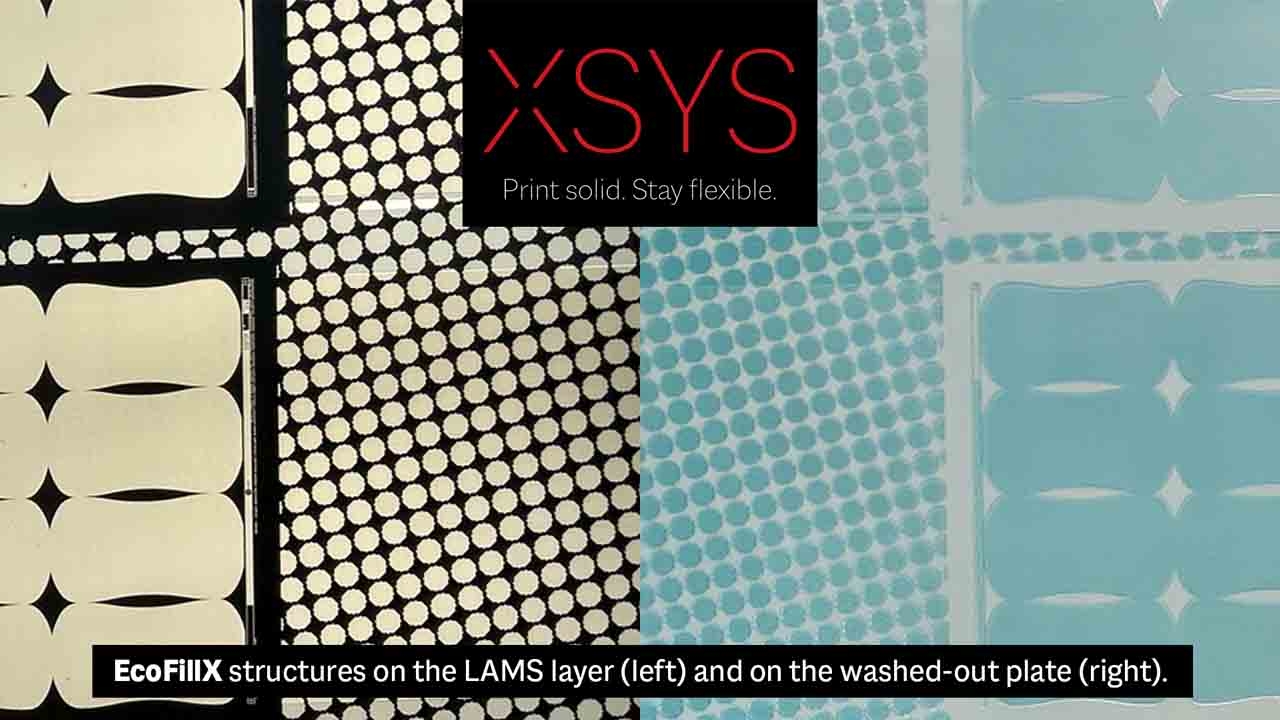FFP publishes fixed color palette guide for brands
FFP Packaging Solutions, a UK-based innovator in flexible package converting, has published a fixed color palette (FCP) guide for brands and retailers.

The guide enables brand managers to select repeatable, achievable colors based on the Pantone library but produced using the CMYK process ink set. In flexible packaging, brands or retailers may use 30 to 50 spot colors across a portfolio of ranges, resulting in an increased inventory, more complex logistics, and the need for more purchasing and administrative resources. By using a fixed palette of printing inks (CMYK) to achieve the brand colors, efficiencies can be achieved by the converter, in the form of ink savings, less wash ups and quicker make-ready.
‘We have been very pleased with the adoption of FCP by key UK retailers, including Asda and Tesco,’ said Paul Hesketh, print development manager at FFP Packaging Solutions. ‘The process of FCP is a growing trend within the printed packaging sector and we have been keen to be involved with brands and retailers as an approved FCP printer.
‘Both retailers and brands understand that fixed color palette printing is a win/win approach to removing waste from the value chain and improving cost performance for the final package. Our fixed color palette guide also helps designers in making final color choices that preserve brand integrity while taking advantage of cost and time savings critical to profitability in today’s highly competitive marketplace.’
In the format of a color book, it was reverse printed on clear PET film and then laminated to white PET.
The printed film was produced on one of FFP’s Windmöller & Hölscher Miraflex printing presses using Asahi plates with pinning technology for clean transfer.
A feature of many of Asahi’s flexographic printing plates, this technology enables clean ink transfer and prevents ink accumulating on the plate surfaces and shoulders in screen areas. This leads to fewer cleaning intervals and reduced press downtime, according to Asahi, as well as significant quality improvements. Pinning technology for clean transfer allows a kiss-touch printing pressure setting and makes use of low plate surface tension, made possible by a specially engineered Asahi polymer chemistry, to inhibit liquid flow. The ink forms a globule, with a large contact angle and high pinning point. This results in a cleaner and more homogeneous ink transfer from plate to substrate, it is claimed, helping flexographic printers meet the ever-increasing quality demands of their customers.
Dieter Niederstadt, technical marketing manager at Asahi Photoproducts Europe, said: ‘It is encouraging to see the growing popularity of fixed color palette printing in the UK, with brands, retailers and converters alike benefiting from its increased efficiencies. We believe the guide will spur adoption even further, both in the UK and throughout Europe, making it easier for stakeholders to quickly determine when fixed color palette printing is appropriate.
‘FFP’s experience, along with that of other Asahi customers who are using our flexographic plates that feature pinning technology with clean transfer, clearly demonstrates that fixed color palette printing’s time has come, and it is taking flexographic printing to the next level of efficiency and profitability.’
Stay up to date
Subscribe to the free Label News newsletter and receive the latest content every week. We'll never share your email address.

